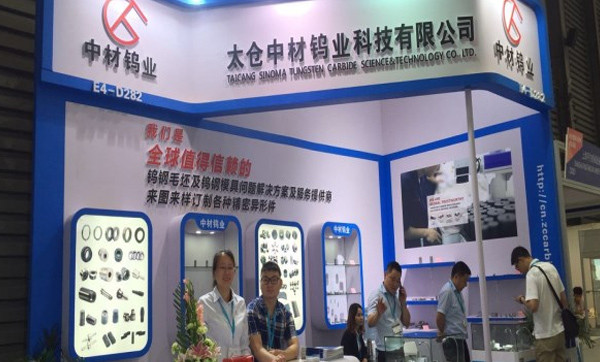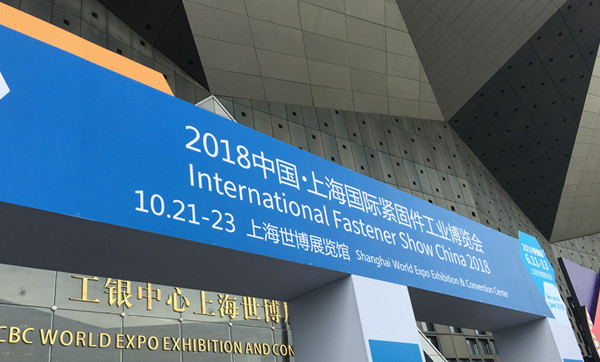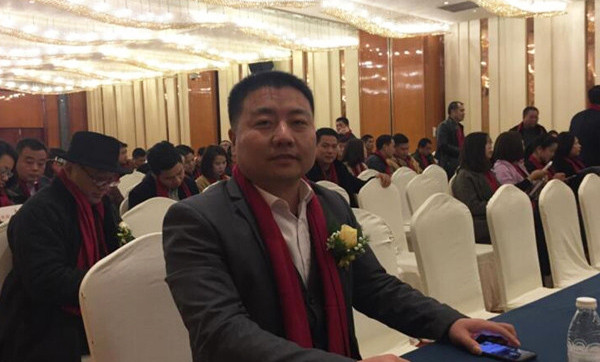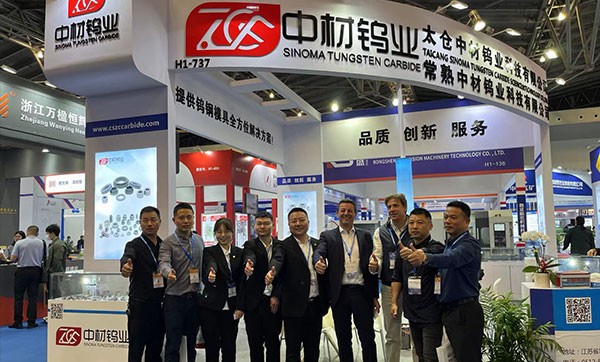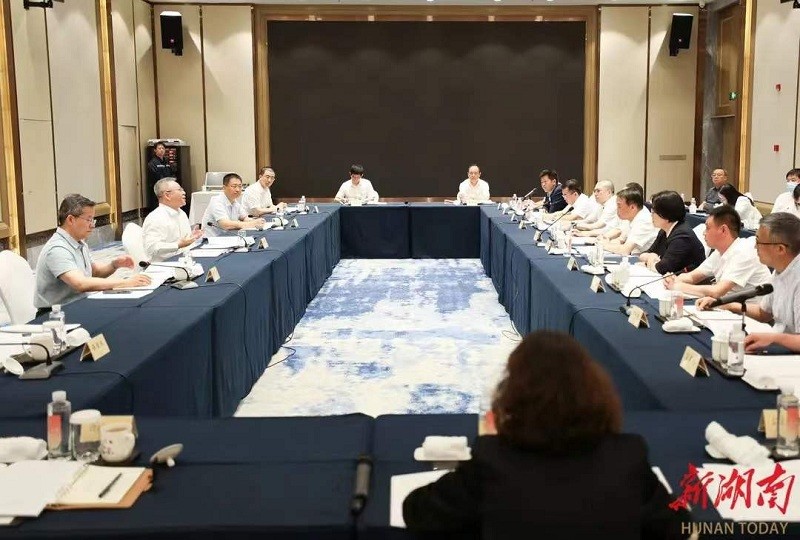Tungsten carbide (WC) has long been celebrated for its remarkable hardness and wear resistance, making it an essential material in various industrial applications, from cutting tools to armor-piercing ammunition. Recent advancements in the research and development of tungsten carbide materials are pushing the boundaries of its applications even further, driven by innovative synthesis methods, enhanced composite formulations, and breakthroughs in nanotechnology. This article explores the latest developments in the field, highlighting significant trends and research findings.
One of the most exciting developments in tungsten carbide research is the focus on nanostructuring. By reducing WC particles to the nanoscale, researchers are able to enhance the material's mechanical properties. Nanostructured tungsten carbide exhibits superior hardness and toughness compared to its conventional counterparts. This improvement is due to the refined grain size, which impedes crack propagation and increases resistance to wear and deformation.
Recent studies have demonstrated that nanostructured WC can be synthesized through various methods such as mechanical milling, sol-gel processes, and chemical vapor deposition. These methods enable precise control over particle size and distribution, which are critical for optimizing the material's performance.
The sintering process, crucial for producing dense and robust WC-based materials, has seen significant advancements. Spark plasma sintering (SPS) and microwave sintering are two techniques that have garnered attention for their ability to produce high-density WC with enhanced mechanical properties in shorter time frames.
Spark plasma sintering, in particular, offers the advantage of lower sintering temperatures and reduced grain growth, which helps maintain the nanostructure of the material. This technique has been shown to improve the hardness and fracture toughness of WC composites, making them more suitable for demanding applications.
Incorporating other materials into tungsten carbide to form composites is another area of active research. WC-cobalt (WC-Co) composites have been the industry standard for decades, but new formulations are being explored to address the limitations of WC-Co, such as its susceptibility to corrosion and high cost.
Researchers are investigating alternative binders like nickel, iron, and various ceramics to improve the overall performance of WC-based composites. These new composites offer enhanced properties such as improved corrosion resistance, reduced environmental impact, and lower production costs. Additionally, the development of hybrid composites, combining WC with other hard materials like titanium carbide (TiC) or tantalum carbide (TaC), is showing promise in further enhancing the wear resistance and toughness of the material.
Enhancing the surface properties of tungsten carbide through coatings and treatments is another significant research avenue. Techniques like chemical vapor deposition (CVD) and physical vapor deposition (PVD) are being used to apply thin, hard coatings to WC tools and components. These coatings can significantly extend the lifespan of WC tools by improving their resistance to wear, oxidation, and thermal degradation.
Furthermore, surface treatments such as laser cladding and ion implantation are being explored to enhance the hardness and durability of WC surfaces. These treatments modify the surface microstructure and composition, leading to improved performance in harsh environments.
With increasing environmental concerns, the sustainability of tungsten carbide production and recycling has become a focal point in recent research. Efforts are being made to develop more environmentally friendly synthesis methods and to improve the efficiency of recycling processes for WC materials. Researchers are exploring techniques to recover tungsten and cobalt from spent WC tools and scrap, aiming to reduce the environmental impact and reliance on primary raw materials.
Innovative recycling methods, such as the use of hydrometallurgical and electrochemical processes, are being developed to reclaim tungsten and cobalt from WC scrap with higher efficiency and lower environmental impact compared to traditional methods.
The research and development of tungsten carbide materials are advancing at a rapid pace, driven by the need for materials with superior mechanical properties, enhanced durability, and reduced environmental impact. Nanostructuring, advanced sintering techniques, novel composite formulations, surface treatments, and sustainable practices are some of the key areas where significant progress is being made. These advancements not only enhance the performance of WC materials in existing applications but also open up new possibilities for their use in emerging technologies and industries. As research continues to evolve, tungsten carbide is poised to remain a critical material in the industrial landscape, offering unmatched performance and versatility.
